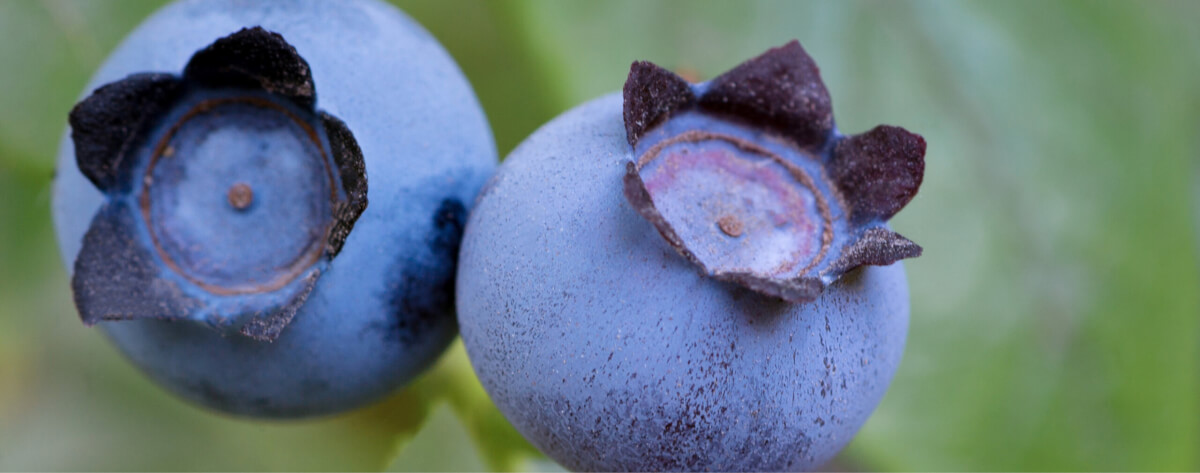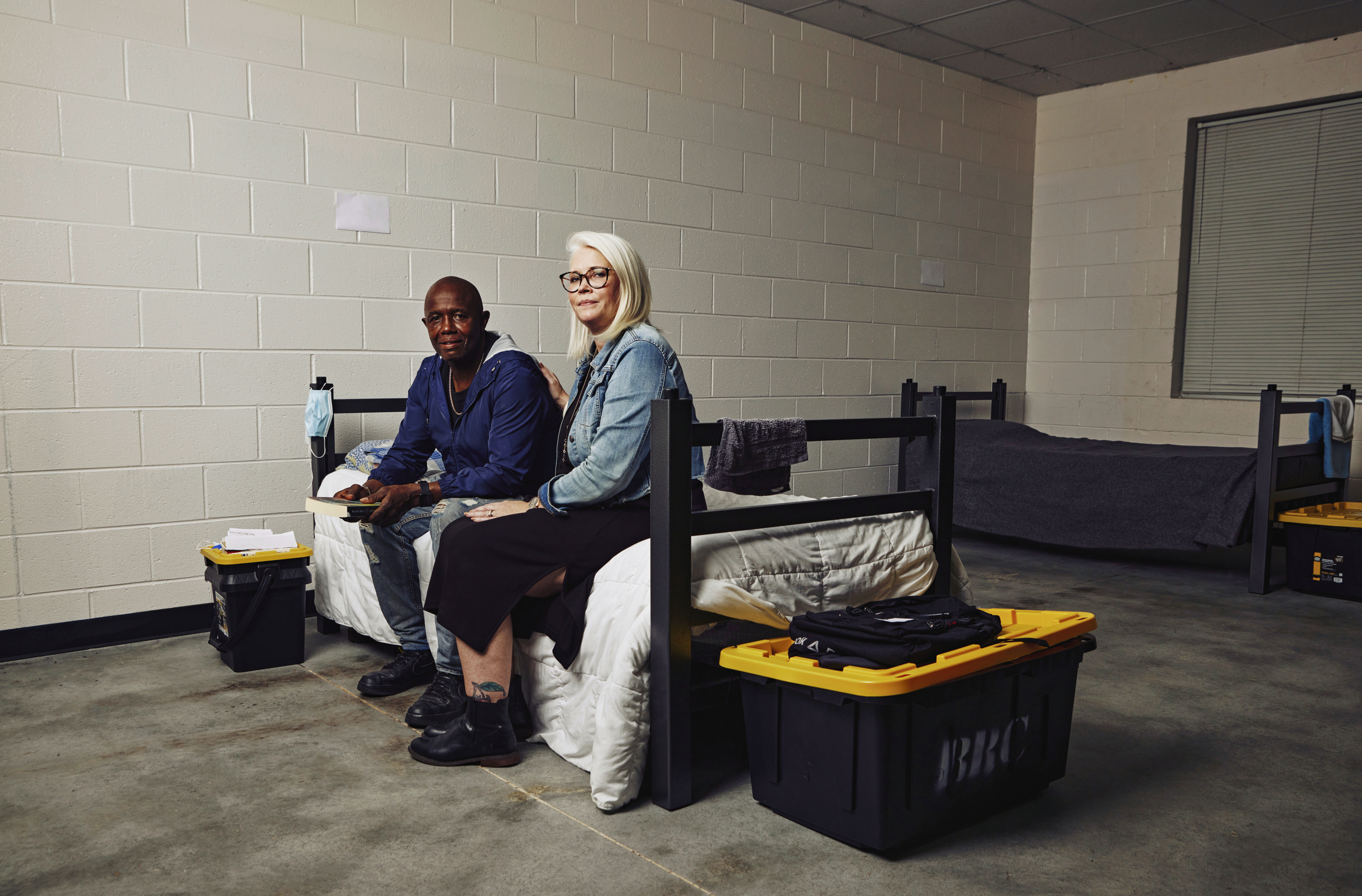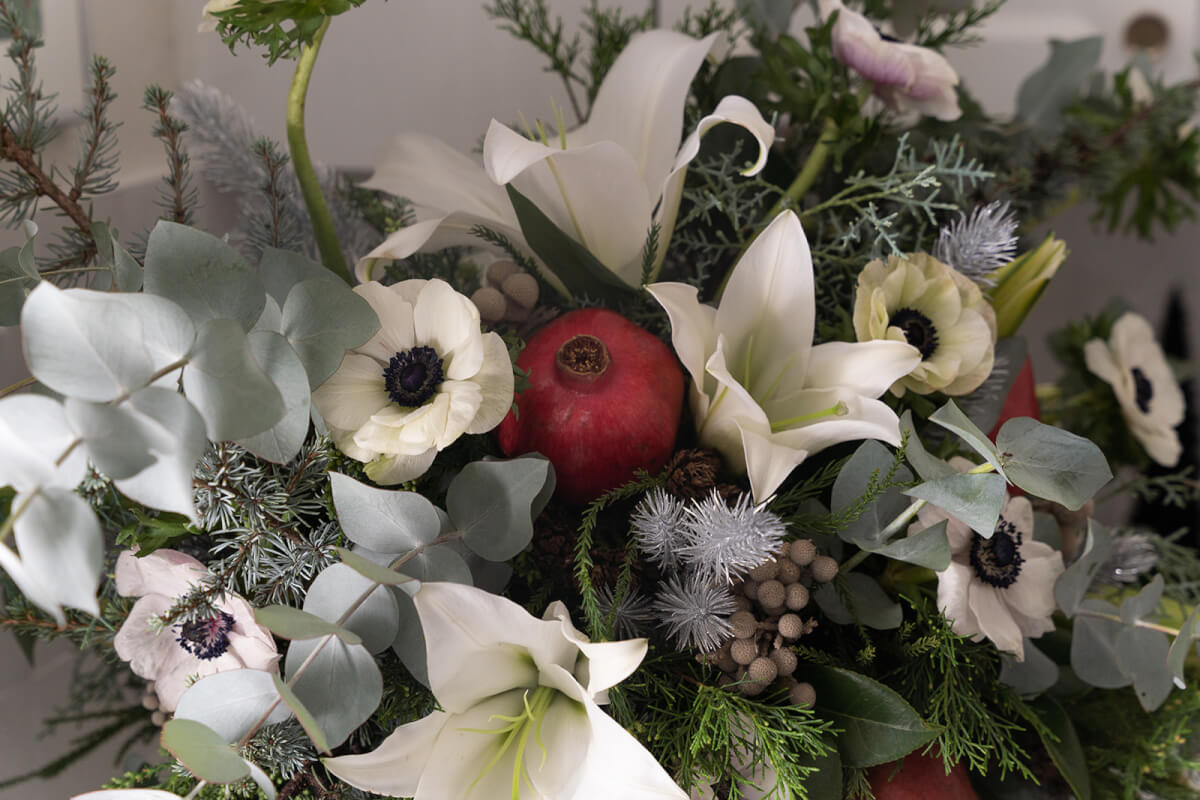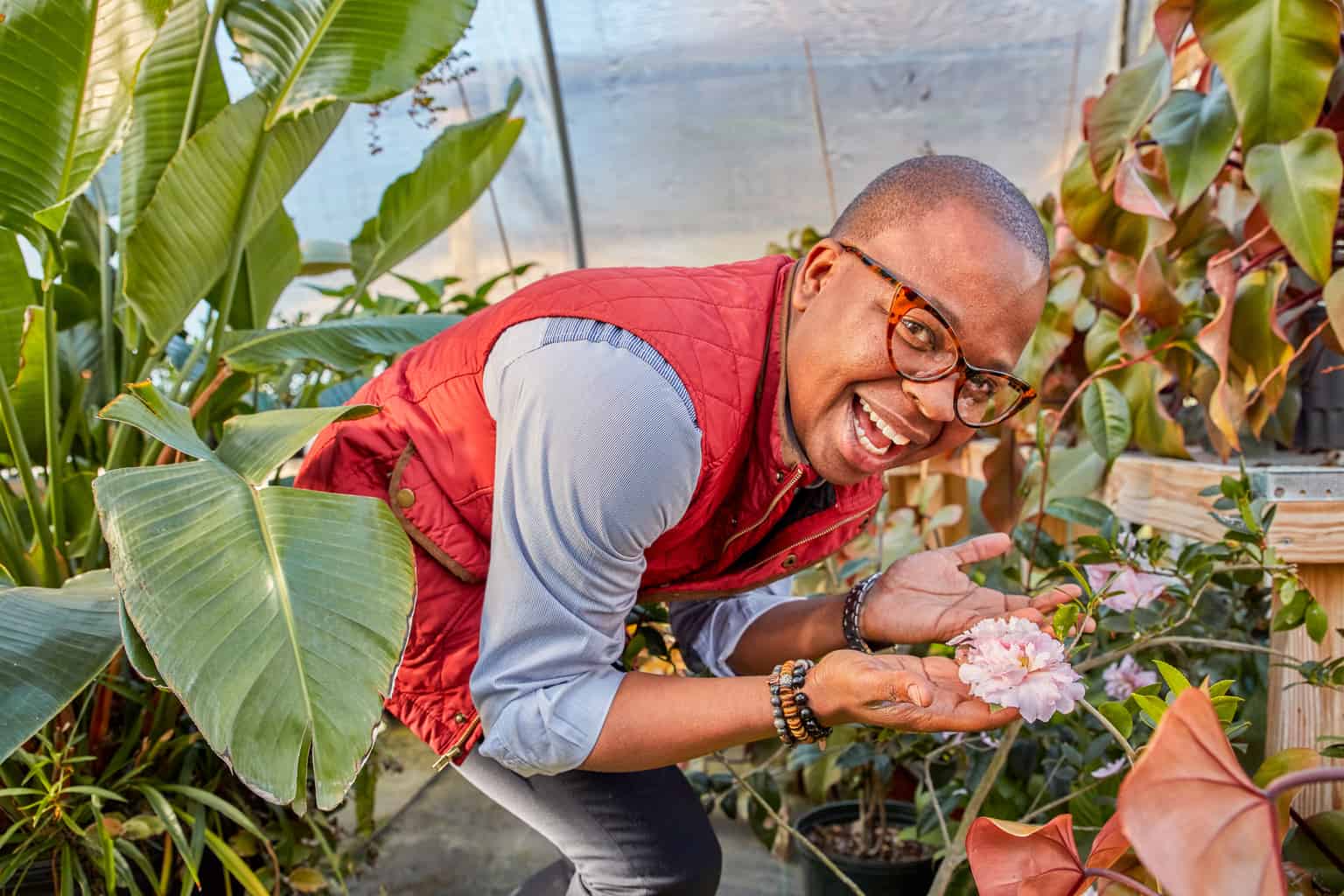
The Language of Flowers
By Stacey Norwood
Photography by Matt Odom
The Victorians, God love ‘em, never met a lily they couldn’t gild.
While the virtues they revered were admirable – duty, thrift, temperance and modesty, to name a few – the strict moral codes surrounding each were inviolable. Especially when it came to romance.
Why, a girl who danced with a stranger then accepted refreshments from him could be branded a draggletail before the tipsy cake was served. On the other hand, no proper bit o’ frock who knew tea from biscuits could honorably refuse a gentleman’s request to dance – she just couldn’t drink his punch. Rules, you see.
But those satin primroses were crafty, too. Rather than flout the conventions that ruled their realm and risk falling from grace, Victorian women learned to communicate through code, using the very emblems of the social status that bound them as tools of encryption. How a lady waved her fan, for instance, could indicate everything from “wait for me” to “don’t betray our secret.”
When a Victorian woman dropped her parasol for a fella, she was declaring her love. Whereas, if she clenched her gloves or turned them inside out, that dog wasn’t going to hunt no matter what he said.
When the Victorians really wanted to send a message, however, they did so with flowers.
“Refinement dwelleth among the flowers,” waxed one particularly ardent writer in the May 1851 edition of “Godey’s Lady’s Book.” “There the affections of our hearts are given license to rove, and there the enthusiasm of our nature overcomes the diffidence of our feelings.”
And, oh, what feelings. A lady could be cool as a cucumber on the outside, dressed to the nines, and taking tea with the queen herself – but if an observer looked more closely at her attire, they were likely to pick up something she wasn’t saying.
A tussie mussie pinned to her lapel and filled with yellow acacia meant she had a secret love. Yellow chrysanthemums, roses and tulips, however, were flowers for the spurned of heart. Bilberry indicated treachery, while hellebore foretold of scandal – perhaps from the “secret pleasures” she was enjoying on the side, and silently confessing to through a tuberose or two tucked into her nosegay.
Though subtleties shifted by genus and color, and each flower’s meaning could take on different nuances depending on the source and circumstances, “talking bouquets” became a raging thing among the Victorians. So much so that they cultivated a word for the language of flowers – floriography – and floral dictionaries became as common as cookbooks. Every household had at least one.
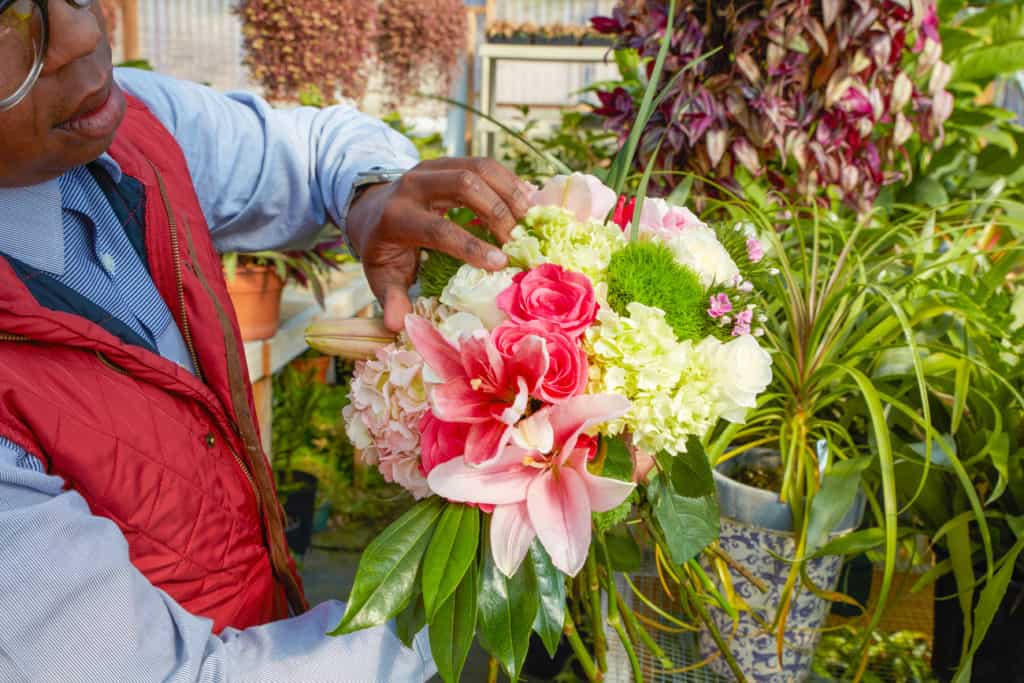
Matt Odom
Flowers are contagious
Like the Victorians, Canaan Marshall also adores an “over-the-top” arrangement and he too believes flowers should be part of every special occasion – if not adorning every room.
“Birthdays, bar mitzvahs, at church, anniversaries, small dinner parties, when girlfriends are coming over – when you come home every day from work, that’s a very special occasion,” he said with a laugh. “Flowers are contagious!”
A Mercer University graduate with a degree in liberal arts communication who got his creative start as a floral designer, Marshall has been a leading light in Macon’s flowerscape for years. Now, serving as a kind of couturier for home styling and event planning, Marshall maintains a roster of private and commercial clients, using his unique “third eye” to lighten and brighten the spaces where they live, work and entertain.
A born glammer-upper, Marshall is regularly called upon to plan “production-sized” weddings, ballroom galas and private fundraisers. Flowers, he said, remain core to his creative DNA, and always play a central role in the “event blueprints” he creates for his clients.
“Flowers are what kicks it up a notch,” he said.
And for Marshall, their language is most vividly expressed through color.
“When I walk into people’s homes, I know who they are by the colors they use,” he said. “Color is very personal. Some people will tell you they don’t like flowers – I say that’s a lie. I had one client tell me that and I said, ‘un-unh, we’re gonna fix that.’ I asked her favorite color, which was green, and we found a flower with green in them – hydrangeas. She still loves them.”
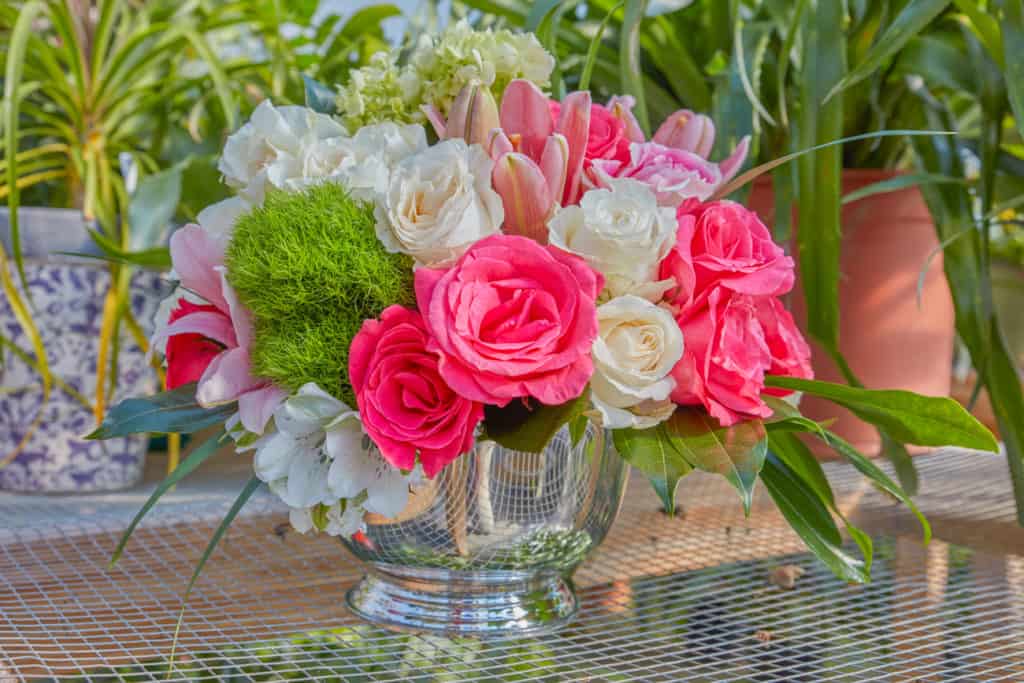
Matt Odom
Bloom where you plant it
One of Marshall’s favorite tricks of the trade is to “always use what you have,” in other words, whatever is growing all around you. Forsyth nursery owner Barbara Woodward suggests surrounding yourself with flowers that speak to your passions – which, in her case, include butterflies, bees and any tropical flower that reminds her of Cuba, her native country.
“Get to know what you like – whether that’s a formal garden, or more of a cottage, with things growing wild and lots of butterflies. Look at what kind of garden you like and what kind of flowers lend themselves to that,” she said.
Woodward, along with her resident gardening guru Bo Shrigley, helps her customers at Mossy Corner Nursery & Country Market decide which seasonal and perennial flowers, plants and other flora will best bloom where they are planted – whether that’s in beds, gardens or containers.
“You have to learn your garden, what goes where. If, say, your garden is west-facing with afternoon sun, tender things like hydrangeas won’t withstand it – they want southern exposure,” she said, adding that flowers aren’t unlike puppies and little kids – they need extra attention.
“If it’s an established plant, you can leave most of the watering up to Mother Nature – unless we’re in a drought. New plants, though, you’re more than likely going to have to water every day because their roots are still learning their environment.”
And when all your hard work pays off, snip, snip.
“Utilize them – what the good Lord made and our neighbors are so kind to share with us,” Marshall said. “Flowers make you happy; they make you feel special. When someone brings you flowers, it makes everything in your day that was bad turn to good.”
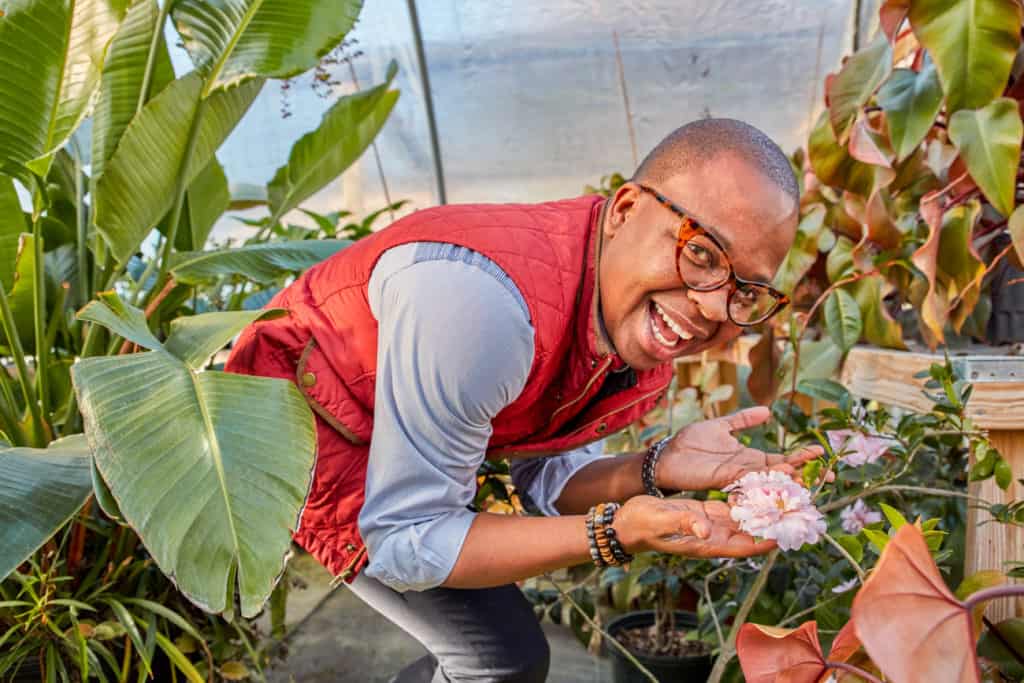
Matt Odom
Canaan’s Commandments
Develop your palette: Always start by creating a color palette for your arrangement. Decide what colors you want to use – then think about what colors you can use to bridge it all together. Next, think about how can you make those colors pop. Look for something unique with your palette and then take it to the next level.
“Interpretate” with flowers: If the arrangement is for someone who is cheerful, use a lot of color. For a more formal friend, keep it simple. Think about the person, who they are, what colors they love, and start there.
Don’t overthink it: If it looks good to you, it’s sho’ gonna look good to me, too. Stick it in a vase and move on.
Think fresh: If you need flowers that must stay fresh for a day or so, buy from a local wholesaler. If they’re for a pop-up party that day, or a you need a gift to take to take a friend, cut it out of the yard – it’s a great gesture. If you’re in a rush, don’t be afraid to go to the grocery store.
Bottoms up: If you’re purchasing flowers, always turn them up and look at the tips first. If they’re brown or translucent, move on. For roses, feel the heads – if they don’t feel tight, don’t get them. With most flowers, the coloration will tell you a lot – if you can see through them, they’re probably not fresh.
Like vodka for tulips: Vodka makes us fall down, but it makes tulips stand up! Add a little to the water to keep them fresh and last longer. Potted orchids are picky about what they like, and they don’t want a lot of water. Place an ice cube on the soil, so it can melt and water the orchid slowly. For all other types of flowers, use a capful of bleach – it purifies the water.
Go green: Make it a point to look around your yard and in your garden for a little greenery to infuse into your arrangement – it’s beautiful and it adds a personal touch.
Keep an eye out: Always keep a set of clippers in the driver’s side compartment of your car door – you never know when you might have to jump out and cut something! Whenever you’re going to church or driving to the store, keep an eye out for something that’s unique.
Love thy neighbor: Flowers open a dialogue with your neighbors – whether it’s something growing in your yard or theirs – so be friendly, be nice! You never know when they might have something you need for an arrangement.




